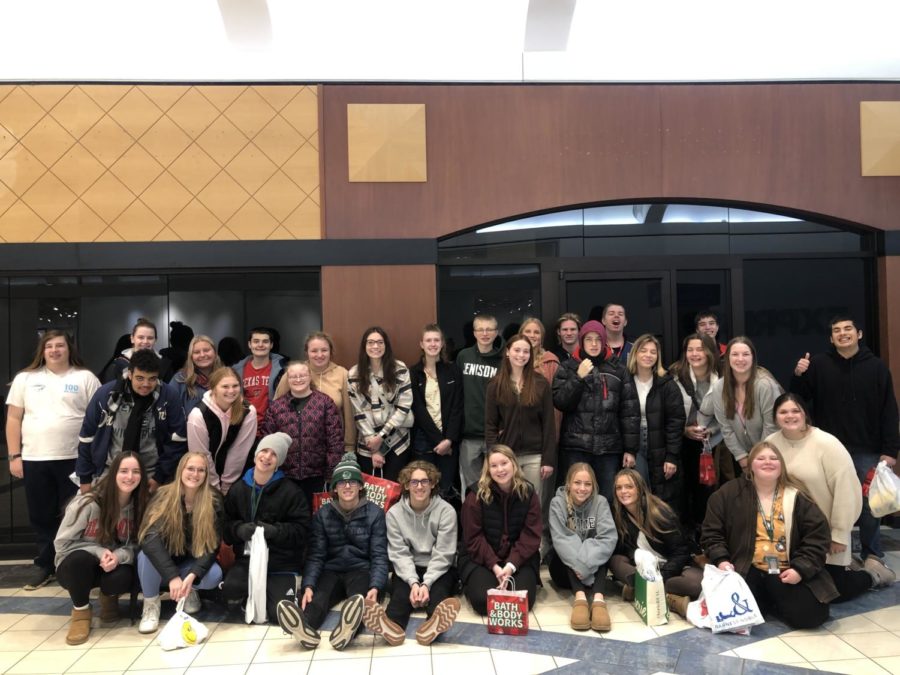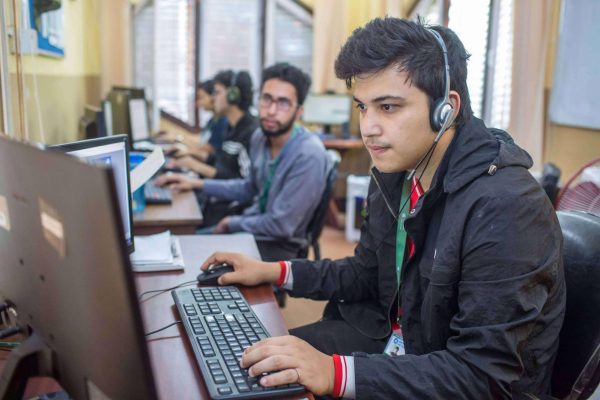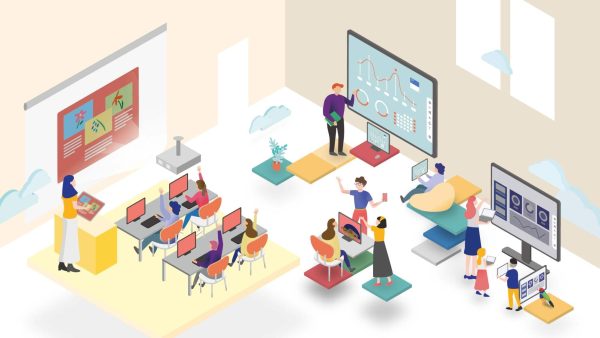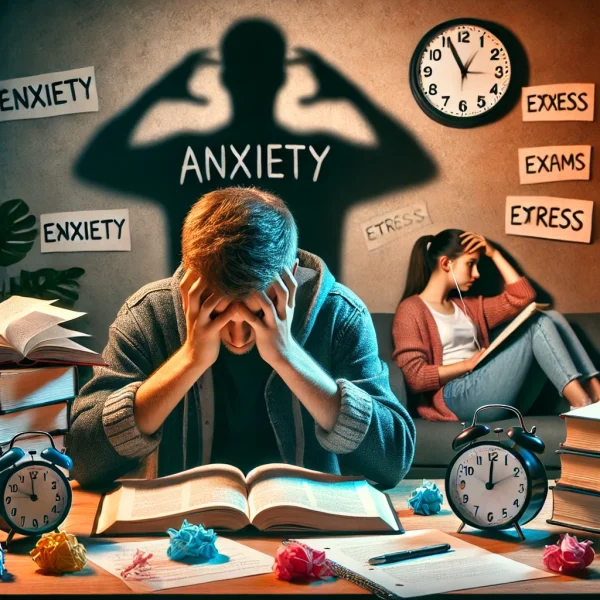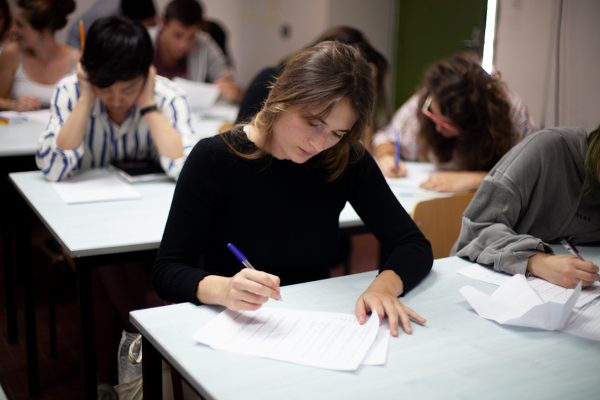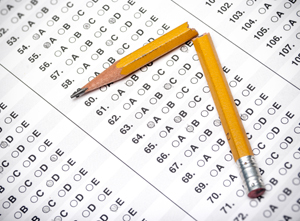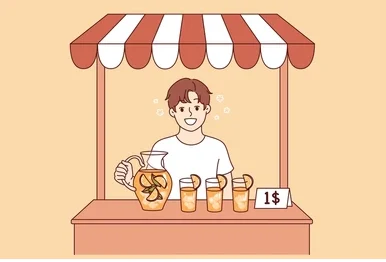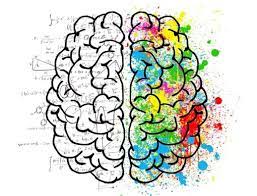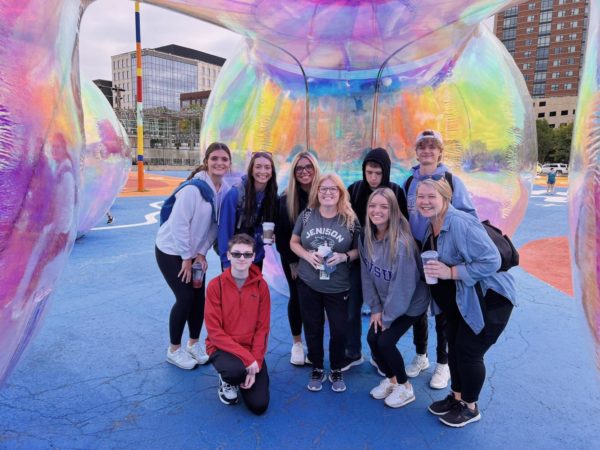How the JHS LINKS program is a positive class for both students involved and students with IEPs
What is LINKS? “LINKS is a class that students can take where the students accepted into this course will be placed with a student with autism or developmental disabilities in a general education or special education classroom.” – Stacey VanLaan, the teacher of the JHS LINKS class. Mrs. VanLaan also says “The students help support and advocate for their peers by helping with organization, communication, independence, socialization, and the academics of the class.” LINKS teaches a lot of what teachers do to help students with IEPs become as successful as they can. It also expresses how the students themselves have grown by having different students their age without IEPs role modeling behavior. Also teaching students without IEPs the responsibility of helping a student with one as well as teaching them the importance of inclusivity.
Who can take the class? Asking the head teacher Mrs. VanLaan, she states “Sophomores-seniors can take the class, no freshman so they can know what high school is like and get a feel before helping our IEP students.” In the course description for the class it says “This course follows a state and board approved curriculum in which LINKS students will learn about autism and those with differences around them through online learning while supporting their peers, in-person, five days a week.” In this class students who are a LINK go in a class period helping out a student with autism and then one online assignment due at the end of each week that teaches the LINKS about the autism spectrum and what it looks like within different people who have it. The online assignment usually includes a video of people who have autism and their story, or the importance of them being included. Followed by an online document on what you think the importance of the video was and a question about your in class experience of the week.
How long has this been a class at JHS? Asking Mrs. VanLaan this question she says “since 2015.” We then asked a student involved, Bree Brandt, who says she’s “been involved for about two months and enjoys the class very much. “
When does it take place? Mrs. VanLaan says that you can take the class any hour of the day. We then asked Bree Brandt who says she’s involved in the third hour period so she helps with a student in their third hour PE elective. Most third hour students involved go with the person to their elective class if they’re involved with one. Whereas I go during my first hour period and I go in and help with their homeroom style class of the day. I sit by a specific student to help and get to know but since it’s a homeroom class for the five students in the class I also get to know and build friendships with all the students in the class for that hour. The fifth hour students go with the students on job shadows to work on real world jobs or they go with on field trips that take the students the whole day.
Another part of the class is creating an activity for you to do with the autistic person you’re paired up with and come up with an activity or something to do that you both would enjoy and create a friendship through. After the time you spent together you then write an essay on the experience of the activity.
Where to go to get involved? Mrs. VanLaan said, “They took it off the online registration so to get involved in the class you need to talk to your school counselor to get in.” We then asked a similar question to Bree Brandt and asked where she heard about the class, Brandt then stated “I heard from friends who have taken the class before and really enjoyed it, so i’ve always wanted to be involved.” For me personally it was a pretty similar way as Bree got involved, by hearing many great things about being involved in the class and how cool the opportunity is to be a part of a class like LINKS.
Why is it important for people to know about it? We then asked both interviewees why they thought it was important for other students to know about the class, Mrs. VanLaan stated “LINKS helps promote inclusion in the school. The more students participating in links the more people with IEPs are included.” Then Bree stated “I think it’s important for students to take it because it teaches a lot about disabilities and you get the experience to help those your age.” Links class is a very good learning experience. Focused on informing teens about other students and how it can be difficult for them to get through daily challenges is one outcome. Second, it builds friendships with other students. LINKS also reveals to students with autism that there are people who want to help them as well as be a good friend and role model to them and make them feel included within their own school.
